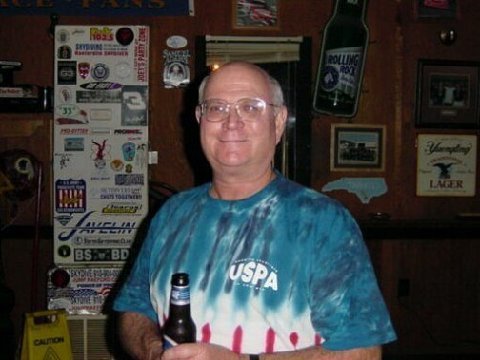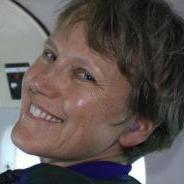Leaderboard
-
in all areas
- All areas
- Adverts
- Advert Questions
- Advert Reviews
- Videos
- Video Comments
- Blog Entries
- Blog Comments
- Images
- Image Comments
- Image Reviews
- Albums
- Album Comments
- Album Reviews
- Files
- File Comments
- File Reviews
- Dropzones
- Dropzone Comments
- Dropzone Reviews
- Gear
- Gear Comments
- Gear Reviews
- Articles
- Article Comments
- Article Reviews
- Fatalities
- Fatality Comments
- Fatality Reviews
- Stolen items
- Stolen item Comments
- Stolen item Reviews
- Records
- Record Comments
- Record Reviews
- Help Files
- Help File Comments
- Help File Reviews
- Events
- Event Comments
- Event Reviews
- Posts
- Status Updates
- Status Replies
-
Custom Date
-
All time
January 20 2016 - August 17 2025
-
Year
August 17 2024 - August 17 2025
-
Month
July 17 2025 - August 17 2025
-
Week
August 10 2025 - August 17 2025
-
Today
August 17 2025
-
Custom Date
05/15/2024 - 05/15/2024
-
All time
Popular Content
Showing content with the highest reputation on 05/15/2024 in all areas
-
2 points
-
1 pointExtremists draw prison sentences for trying to violently impose their will on others. https://apnews.com/article/lauren-handy-abortion-clinic-blockade-ab461332b6c83d1c4d7f4d6175d04fbc
-
1 pointI think this goes to the heart of what I think is the issue with dissatisfaction or distrust of politicians. One set of rules for the people and they happily feed at the trough. It might be legal, but it isn’t moral.
-
1 pointYou're fucked. Give the container away and find another sport.
-
1 pointFair enough. I thought you had alluded to statutory rape laws preventing young marriage. Personally I think criminalizing sex for young people is not good policy. I am comfortable with "close in age exemptions" allowing consent for 14 year olds. But, I see no reason for anybody under 18 to get married. I specially don't agree with allowing parents to consent to that. Not all parents have the best interest of their children at heart.
-
1 pointAhhh I forgot it was you Jakee.....keep moving the goal posts to get the last word in my friend. I know you'll have a hard time sleeping otherwise and I would not want to be responsible for a deterioration of your mental health.
-
1 pointIf it's a whim? No. If it just might save their life, or solve a serious problem? Yes. When Hanne Gaby Odiele was 10, her parents took her for surgery to remove her testes - with her support. That officially transitioned her to female. She's now a supermodel. Genetically male, but phenotypically female. Cases like that are very rare. Countrywide there are fewer than 20 bottom surgeries on kids aged 13-17 a year, and most are like the above - dealing with someone who was born intersex, or repairing a serious Prader-scale problem. Puberty blockers are much more common, and allow the kid to wait until they are 18 to make the decision. 99.9% of the time they are a much better option.
-
1 pointJohn Sherman Obituary Published by Legacy Remembers on May 9, 2024. Skydiving Pioneer, Innovator Dies at 85 Skydiving legend John Berry Sherman (born Engle) was born February 1939 in Chicago to John E Engle, GM engineer, toolmaker and turkey farmer and Sara Jo Berry (Sherman), NBC fashion editor and radio personality. He was raised first on his father's turkey farm before moving to live with his maternal grandparents in Monterey, TN and eventually to North Attleboro, MA. He joined the Army in 1957, serving in Germany as one of the Army's first LRRPs (Long Range Reconnaissance Patrol) for nuclear target acquisitions. There, he made his first parachute jump in 1958. He attended Tennessee Technical University to study engineering but soon found himself engrossed in the folk music scene of Nashville, leading to a stint as a folk musician. An accomplished guitarist, John made his way out to LA in 1961, rubbing noses with budding folk artists such as David Crosby, Peter Paul & Mary, The Kingston Trio and The Smothers Brothers while living and working at a famous LA nightclub called The Troubadour. He met his first wife back in Nashville where they owned the first folk bar and venue called the Third Floor. He eventually settled down in Michigan, working as an engineer for Chrysler Corporation. He was an early advocate for the turn to front-wheel-drive based architectures including his concept for what would eventually become the K-car-based minivan that Lee Iacocca introduced in 1984, a concept for which he was forever proud. In the late 60's, he was reintroduced to skydiving and became obsessed, often leaving work on a Friday afternoon, driving overnight in his custom Dodge van to a weekend skydiving boogie to jump all weekend and hop back in his van and make it back to the office Monday morning. Tired of jumping old, retired military equipment, as was common in the day and already being an accomplished parachute rigger, he began to experiment with equipment design. John invented the first modern "piggyback" harness/container system to be issued a single-unit certification by the FAA. It was dubbed the SST (Super Swooper Tandem, based on a nickname given to John by legend of the sport Ted Strong), which later became the Racer, revolutionizing the sport. As a leader in the skydiving industry, he introduced new design concepts, such as the pull-out pilotchute, main riser covers, anti-line-strip deployment bags, Teflon cutaway cables, the anti-float bag and container concept, the first truly elliptical main parachute, first tandem system with a 3-point drogue release incorporated into the cutaway handle and countless other safety features that have been emulated by other parachute equipment manufacturers. He was a founding member of the Parachute Industry Association, served as Technical Committee Chairman of the PIA, created the first PIA electronic bulletin board system, including the popular "rec.skydiving" forum on the Internet. John was the first U.S. skydiving competitor to Medal in what was then, all of the disciplines of Speed Style, Accuracy and Relative Work, in National Competition. He was instrumental in introducing Relative Work as part of U.S. National Competition, having written the rules for the original 4-way event. He pioneered Ten-Way Speed Star techniques that are still in practice today, designed the first 3-Dimensional skydives, and was largely responsible for the successful design of the first 200 Way World Record Formation as well as many other monumental skydiving formations. John was meet director for the first Thanksgiving Day "10-Man" Meet in 1969, later the "Turkey Meet". Notably, John has been a teacher and mentor to hundreds of riggers who now serve their skydiving communities around the world. He has trained some of the most successful riggers in the world. Virtually every major U.S. manufacturer has trained under Sherman or has consulted him to improve their products and processes. 1987 he started a new company called Decel and was awarded a grant to redesign the Mid-Air Refueling "Probe and Drogue" system used by the U.S. Marine Corps and Air Force. John received a U.S. Patent, for the design, which was to become the NATO standard. John lived many lives, more than most, and like a cat, survived many deaths including a car crash in 1964 where he died for six minutes, a plane crash, several parachute test-jumping incidents, a heart attack in 1990, a stroke in 2021, but ultimately met his match with a carton of milk (he loved milk) from McDonalds. John is survived by his wife Nancy, sisters Patty, Marty & Judy, daughters Margaret (Chase), Eliza Beth (James), son Johnny and grandchildren Quela & Thomas.
-
1 pointBoth my husband and I have had to send stuff back; I’ll admit I bought from a lesser-known manufacturer in part because of impatience with the long wait time. You can also try it for the season, and send it back when the jumping slows down locally (if it ever does; and summer May just be that season). I do think your rigger owns some of the responsibility. I got my changes done free because the manufacturer was who measured me. Wendy P.
-
1 pointMy rigger is the one that told me UPT doesn’t do half inch measurements, which UPT told me is incorrect. I guess it’s not the end of the world. I probably shouldn’t have sold my old rig so soon, but I needed the money to buy an AAD. My friend sent his used vector back to UPT for a lateral adjustment and they took almost 6 months.
-
1 pointSeriously? Like this is the weight watchers forum? Stop drinking, eat fewer calories, get to the gym for 3 hours a day and, most importantly, get a grip on real life outside of the internet.
-
1 pointA four lb loss = 1 inch. Proper diet and some exercise will lose that in one week. You got two. Quit worrying and get busy.
-
1 point
-
Newsletter


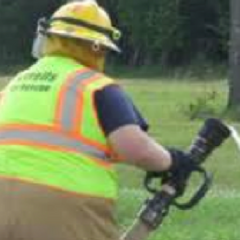
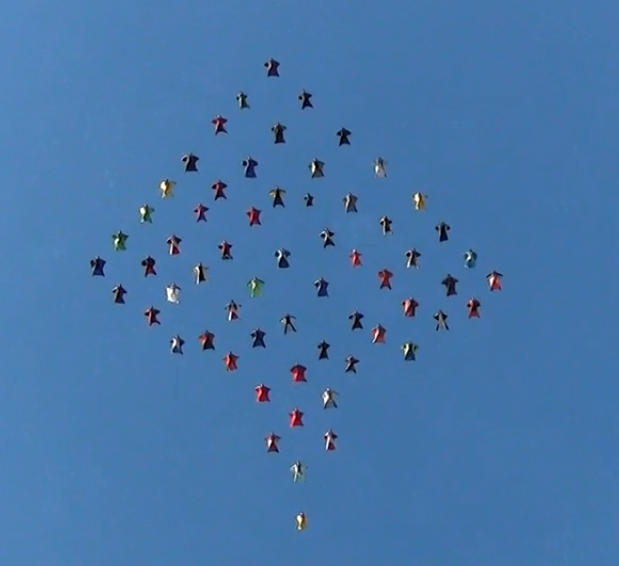
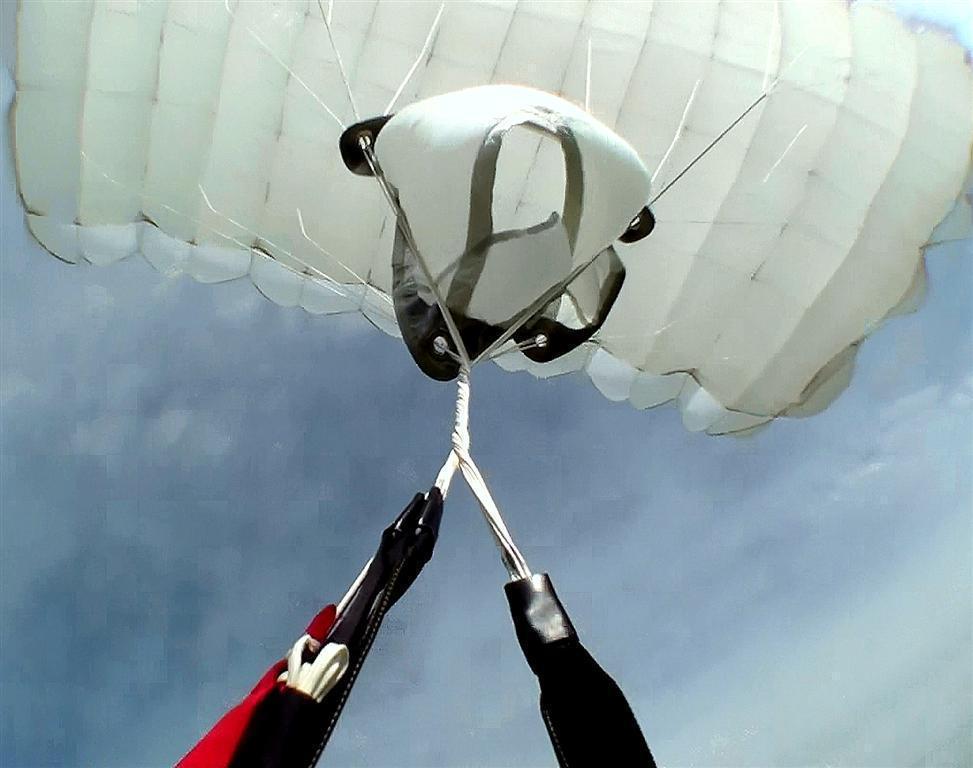
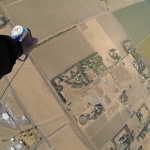
.thumb.jpg.4bb795e2eaf21b8b300039a5e1ec7f92.jpg)
